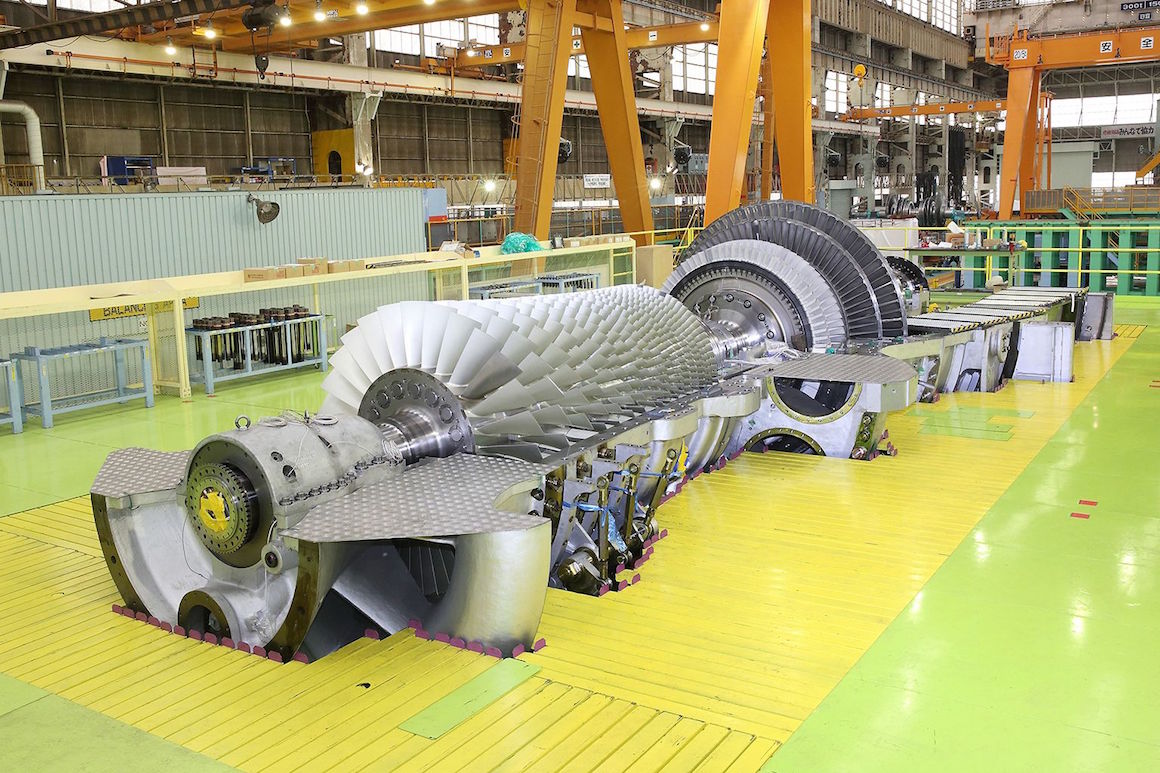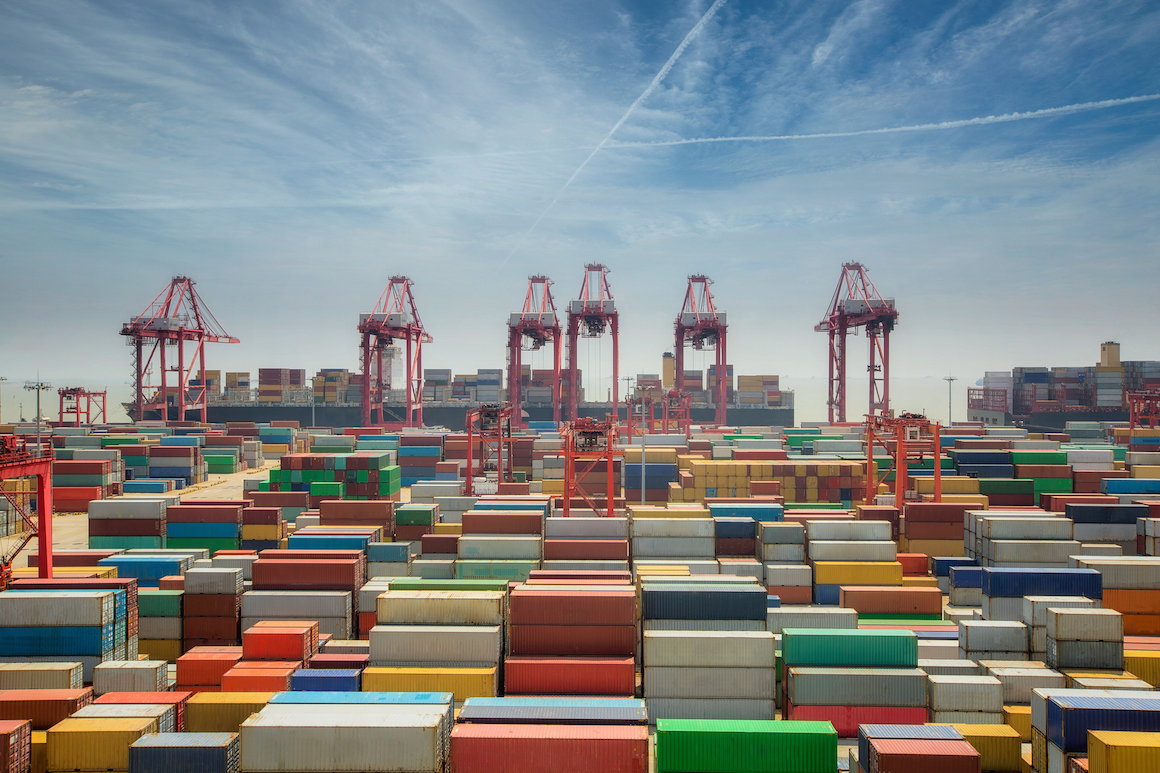Big technology breakthroughs often occur in areas that most of us don’t think about on a daily basis.
Take natural gas, for example. The use of natural gas is projected to increase in the coming decades more than any other energy source. With liquefied natural gas (LNG) being a bigger part of the distribution mix, the way it’s produced and transported is ripe for disruption. That’s why ExxonMobil and several of its machinery suppliers are finding ways to make the process more cost-efficient and environmentally friendly.
Think of LNG plants as really big, really cold refrigerators. Your home refrigerator has a compressor that is powered by an electric motor. In an LNG plant the compressors are so large that gas turbines are required to drive them. Their job is to cool natural gas to about -260°F under pressure, in order to convert it to a liquid. This makes it more compact and enables it to be stored and transported at lower pressure.
In the past, the largest LNG plants used the same gas turbines as those in power plants, but they required costly modifications to enable them to drive the compressors. Plus, the wide variety of fuels that are produced at LNG plants created emissions challenges.
It takes a lot of investment and energy to build and operate LNG plants. This reality has prompted ExxonMobil to work with some of the world’s best turbine manufacturers, including GE, Mitsubishi and Siemens, to develop gas turbines better suited to producing LNG with industry-leading low emissions.
The results are “LNG-ready” turbines that require less investment, are more energy-efficient and are more environmentally friendly. Those cost and environmental savings, collectively, mean that ExxonMobil can focus more time and effort on new investments and opportunities to optimize efficiency, despite the current low-gas-price environment.
The emissions from plants that use the new technology are being targeted at producing less than 10 parts per million (ppm) of NOx. At single-digit ppms, these turbines are ahead of standards often set by the U.S. Environmental Protection Agency. Furthermore, plants that incorporate the new turbines can be smaller, cleaner and more cost-effective than those that exist today.
Ultimately, the natural gas that powers so much of our lives will be transported and stored more sustainably. And the big refrigerators won’t need to be quite as big as before.
Hero image: Mitsubishi gas turbine (Source: Mitsubishi)
Source:
U.S. Energy Information Administration, International Energy Outlook, 2016



